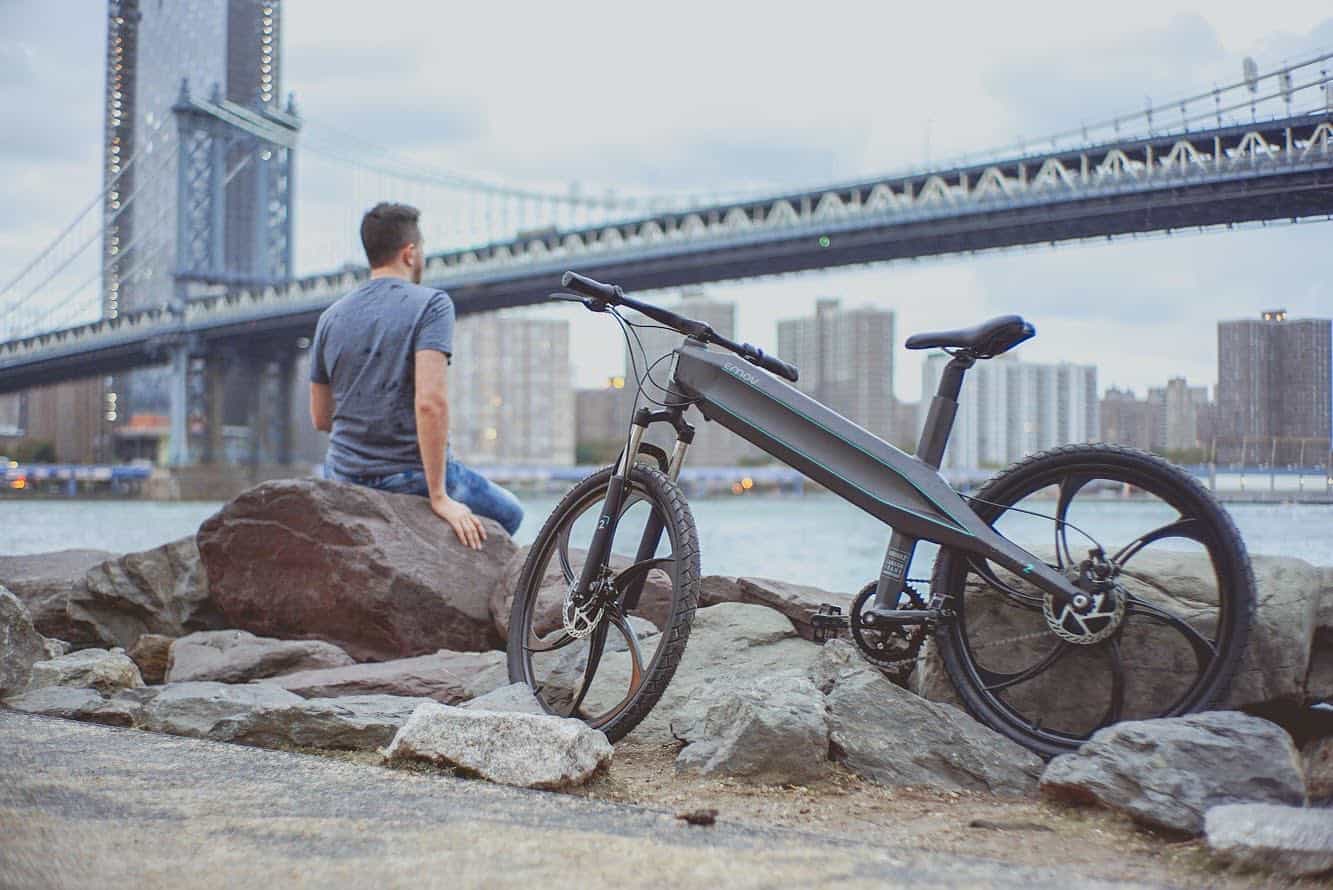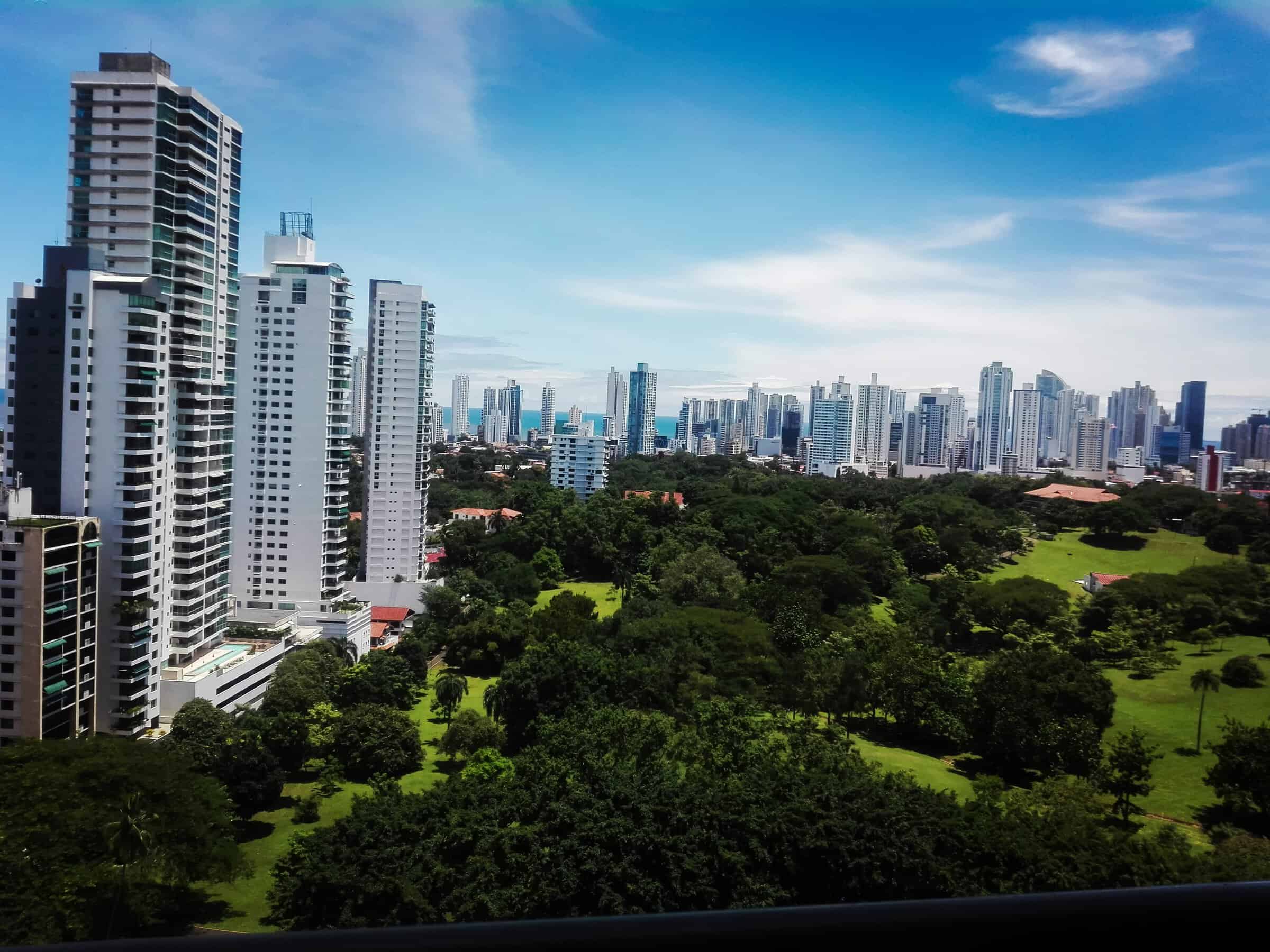Contxto – In a bid to replace Chinese imports with improved local production, mobility startup Grow plans to invest US$25 million in a scooter and bicycle factory in Manaus, Brazil.
This is reportedly a strategic decision to reduce operational costs between 30 and 40 percent due to increased competition in the urban micro-mobility industry.
Manaus Free Zone administration approved this project on July 25 in a meeting between Brazilian President Jair Bolsonaro and Minister of Economics Paulo Guedes. According to the plan, the factory will be capable of doubling the amount of production for electrical equipment.
When strategy aligns with productivity
Expected to open next year, this new facility will produce scooters and electric bikes. Production capacity is at 100,000 vehicles while the ratio between scooters and bicycles is still unknown. Caloi will continue to manufacture the company’s non-electric bikes.
Fewer productions costs will allow Grow to expand operations to smaller cities, according to co-founder Marcelo Loureiro. As of now, it’s business model has primarily focused on reaching the outskirts of major cities that have fewer transportation options.
More local production will decrease dependency on Chinese imports, which would become a competitive advantage for Grow. Competition is increasing with fellow urban micro-mobility startups such as Lime and Jump.
Another benefit of local production will be adapting to the needs of the Brazilian market. For example, Grow plans to adapt brakes from electric to manual and implementing removable batteries for faster maintenance. This will prevent users from having to return the vehicles to the stations to fix them.
Big numbers
Following the historic merger between Grin and Yellow, Grow recently surpassed the 10 million ride benchmark. With this, it outperformed other competitors such as Bird and Lime. The mobility reportedly has 5 million active monthly users, all of whom have travelers over 14 million kilometers.
Based on the need for better mobility options in Latin America, Grow has much potential to continue expanding across the region. Some sources say that 80 percent of the population lives in urban areas. Furthermore, this number could grow up to 90 percent by 2050.
To deter worsening traffic congestion with aging infrastructure, let’s all hope that disruptive urban mobility solutions continue to grow – no pun intended.
-JA






